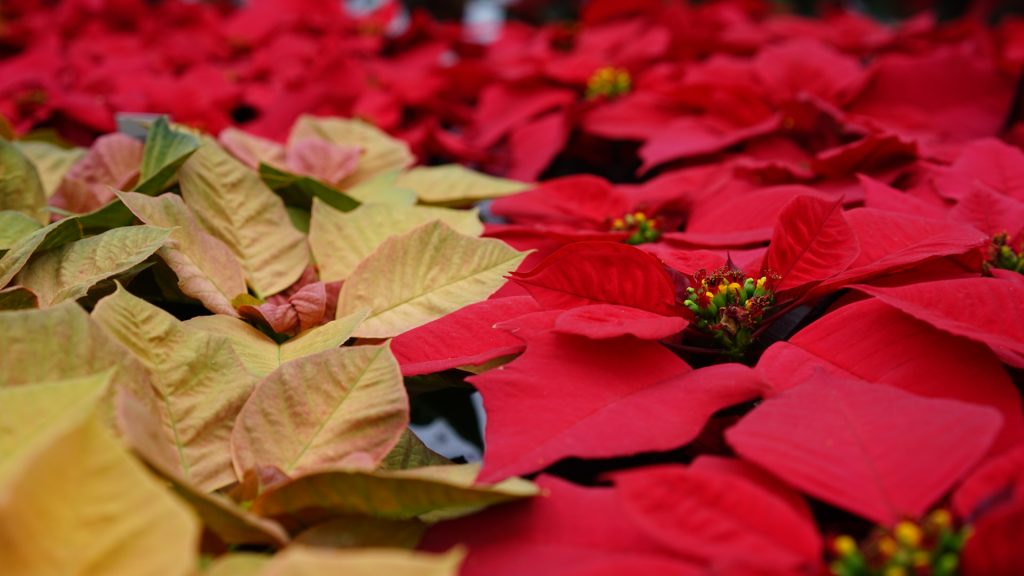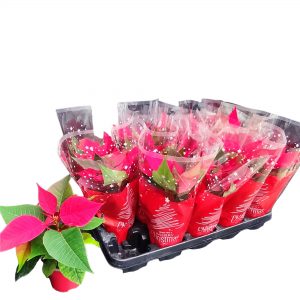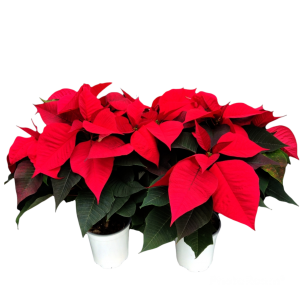We do not need to say much about the fabulous Poinsettia. The impressive festive plant is known for its deep red color and beautiful flowers. Its scientific classification (Euphorbia pulcherima) has nothing to do with the names we have given it over the years. The custom of the Christmas plant began in the United States when the ambassador to Mexico, Joel Poinsett, brought these plants with him during the holidays, thus they got their name from him.
Poinsettia is a common choice for Christmas decorations, as the characteristics of the plant, in color and shape, fit perfectly into the festive atmosphere of the day. Its flowers are leaves, which sense the extended shade during the winter, when the day gets shorter, and change their color, through a process called photoperiodism. The result we have around the end of October, are these beautiful star-shaped flowers, which have inspired its other name, “Star of Bethlehem”.
At Marathon Plants, we grow poinsettia in various shades and sizes, such as classic red, light pink, beige, yellow, and gold. Our Christmas plants are available in November and December, to fill the festive tables with color!
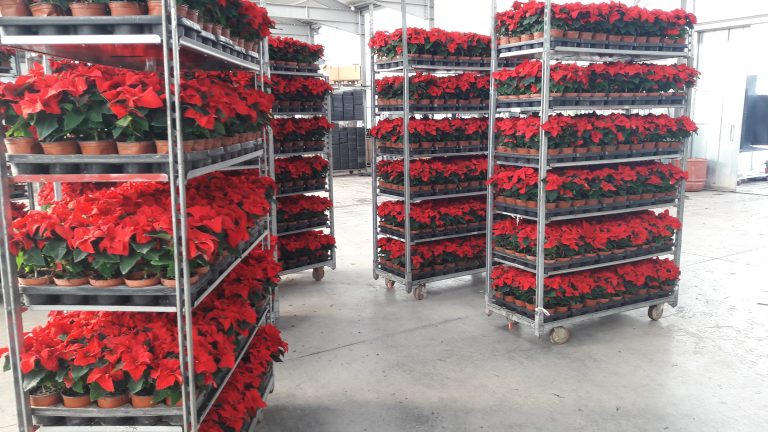
Where can you place the Poinsettia
Inside the house
The red plant cannot withstand outdoor temperatures below 8 °C and therefore is an ideal houseplant in areas with cold winters, such as northern Greece. Indoors, the small pots of 10cm are ideal to fill your bookshelves, your office, a coffee table, and can be an excellent choice for decorating restaurant and coffee tables. The medium pots that we grow (13-14cm), which are available in a wide variety of colors, are ideal for compositions on the festive table or around the Christmas tree. Finally, the large, red poinsettia we produce (19cm) is ideal for placement on the floor, in a pot that emphasizes its deep red color.
In the garden or on the balcony
In southern Greece, especially in the Peloponnese and Crete, or any other region of the world with warm winters, Poinsettia is an ideal choice for transplanting in pots or flower beds. Our medium pots (13-14cm) that are available in many colors, can create fantastic compositions of Christmas colors if placed together in large, rectangular pots. The large variety that we cultivate can comfortably stand on your balcony, in a warm corner that is not exposed to strong winds. Finally, we would not suggest planting Poinsettia directly in the soil, as its roots are sensitive to cold, and the pot supplies more effective protection.
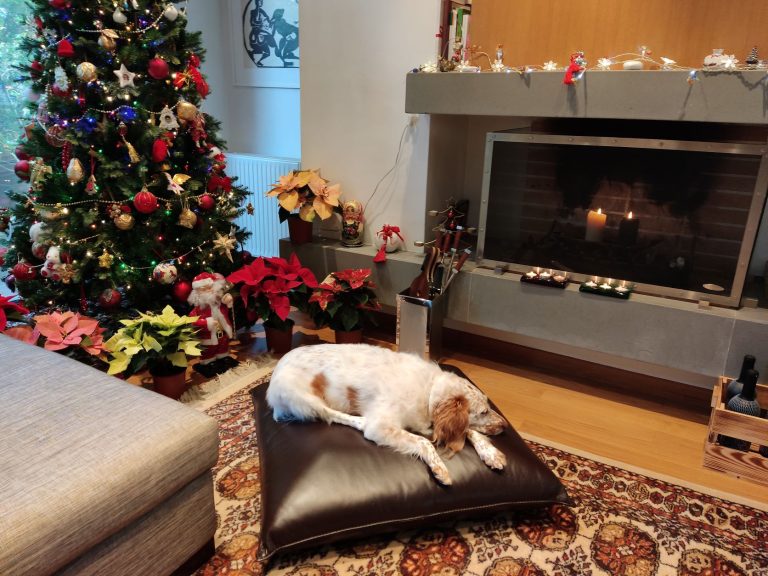
How to make your Poinsettia last
-
Keep them away from heat sources
Like all indoor plants, the Christmas plant should be kept away from fireplaces, panels, and radiators. Heating sources tend to dry out the air around them to such an extent that they can damage your plant.
-
Pay close attention to watering
All houses are different from each other, and this can greatly affect the atmosphere of the rooms where the plant is located. In houses with very good insulation, with a warm and dry atmosphere, it is good to water your plant every 2 days with a small cup of water and spray its leaves. If your house has enough humidity, Poinsettia can survive comfortably with a good watering once a week. In any case, see how your plant reacts and adjust the water accordingly, and always be careful not to over-water it but also to place somewhere the pot drains adequately from below.
-
It needs light a few hours a day
Poinsettia can survive by indirect exposure to sunlight for 1-2 hours a day. This means that it should not come in direct contact with the sun because it is certain that its leaves will burn. If you place it in a very dark part of your house it will not thrive for a long time.
-
Do not move it
Plants are living organisms and they perceive the space in which they are found. Inside the house, our plants are much more sensitive than in their natural environment. Find a beautiful location for your Poinsettia and let it adapt to the atmosphere and light without moving it often.
-
Keep the soil clean
Inevitably your Poinsettia will shed some leaves during the winter. This can happen either because it does not have enough moisture or because it is infested with mealybugs. It is advisable to clean the soil from the leaves before watering, as there is a risk of mold formation and damage.

